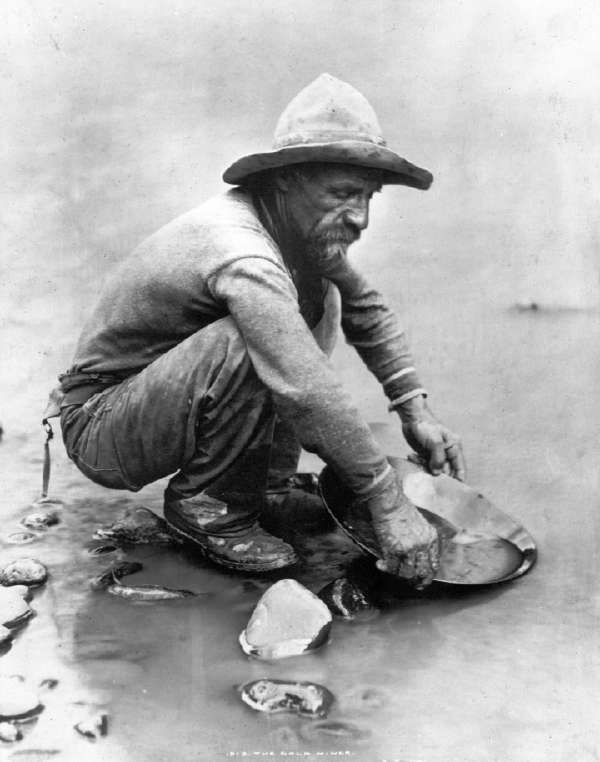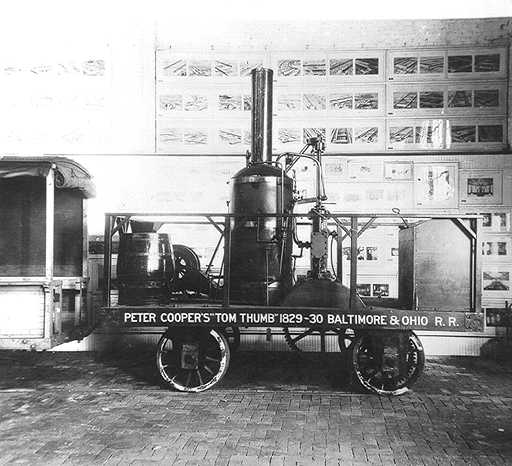Cost of Expanding Frontier:
Chinese Laborers in the Construction of the Transcontinental Railroads
Exploration of the West
Starting with the Lewis and Clark Expedition, the Americans continued exploring the western frontier throughout the 19th century. The discovery of gold and other minerals in California in 1849 attracted Americans to migrate to the West. In the wake of the invention and subsequent widespread prevalence of locomotives in the United States in the 1830s, the early development of the railroad industry in the United States was initially confined to the East. In 1860, the famous engineer Theodore Judah proposed a plan to construct railroads to the Pacific, specifically through the Sierra Nevada Mountains. This frontier plan was the first attempt to construct a railroad across the whole nation, for the mining industry in the western frontiers.

The discovery of gold and other minerals in 1849 in California, and later in other states, attracted miners to the West. (Digital Humanities)

"Tom Thumb" was the first, American-built steam locomotive in 1829, providing the technological capacity for westward expansion. (Baltimore County Public Museum)